Model Lost Entire Lips in Pitbull Attack, And She Reflects on Her Recovering Journey

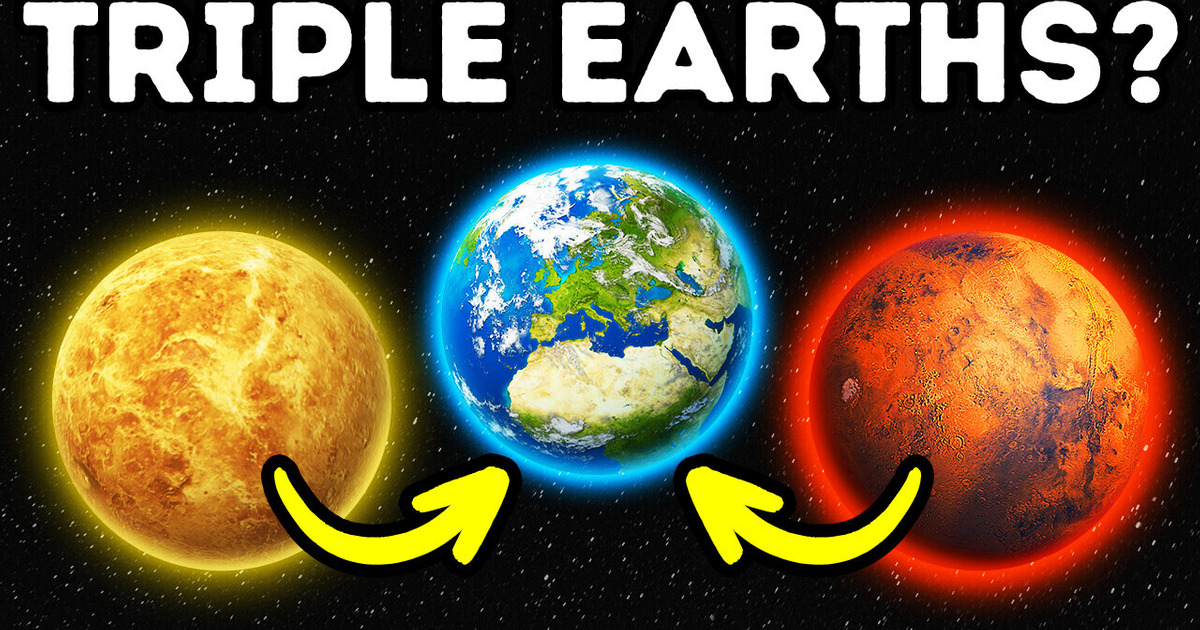
Ahh, Earth... the third rock from the Sun. The blue planet. You get it. Its atmosphere is made up of around 78% nitrogen, 21% oxygen, and 1% argon, water vapor, and carbon dioxide, a nice balance for any living creature to breathe.
The weather here is also perfect for life to exist, unlike in places like Saturn, Mercury, or any other celestial object in our Solar System — we have the troposphere to thank for that. It’s the densest part of the atmosphere on our planet and is 5 to 9 miles thick. It’s the layer of the atmosphere that always affects our weather and secures the right conditions for life to exist and to have bodies of water.
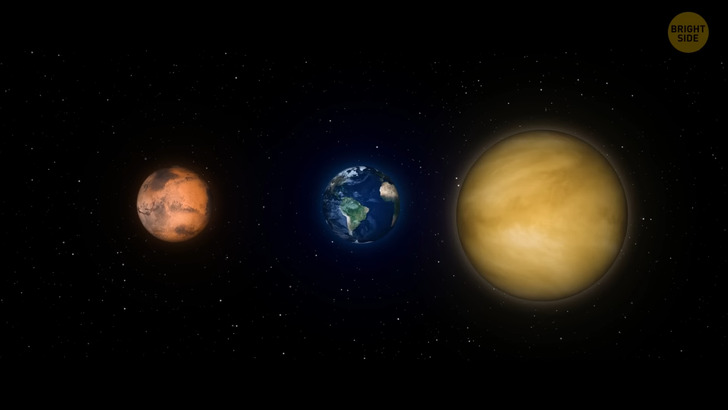
Earth is just sitting in its orbit path, minding its own business revolving around the Sun until BAM! Venus and Mars swoop in and spoil the fun. No one wants to leave poor Earth alone. These two relatively large celestial objects moving toward Earth will have dire consequences for our planet, starting with changes in its orbiting trajectory path.
The planets’ orbits in the Solar System have to maintain the right balance so that nothing goes haywire. So, if any large object approaches Earth, it would throw our orbiting path off course. The planets will revolve around each other, which will cause plenty of natural disasters on our lands. This will also affect our rotation timing, potentially slowing it down.
Days will not flow but drag by. Animals that rely on daytime will need to readjust their biological clocks. Nocturnal animals will also need to figure out how to cope with the long nights. Humans have adjusted pretty well to the 24 hours a day timing. Time itself is just a human construct to measure things. We’ll have a tough time sleeping and adjusting to the stretched day.
Marine animals rely on the natural current flow to migrate around the oceans. With Mars and Venus crashing the party, it looks like they will also need to find new paths. Birds migrating to other lands throughout the year will also be confused and not know what to do. In general, the Earth’s temperature will rise, and massive heatwaves and permanent climate changes will occur.
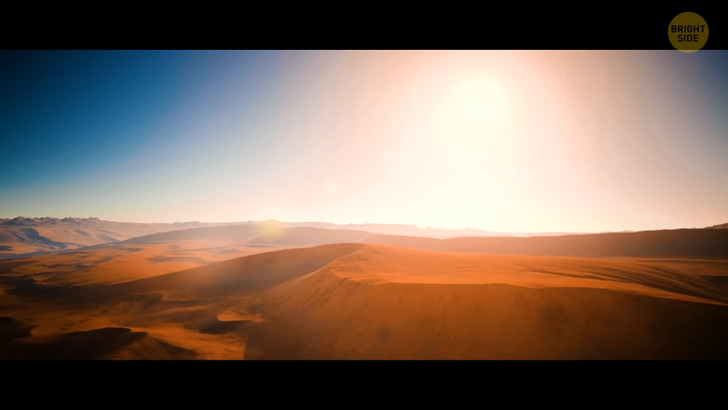
This brings us to our next issue: the heat! The radical temperature rise will turn everything into a barren desert. It’ll be summer all year long, especially if Venus is in the picture. Most of the planet will dry up and won’t be suitable for growing crops.
Venus is hot. I mean, really hot. Even though it’s not the closest planet to the Sun, it’s still the hottest. The temperatures on Venus are close to nine hundred degrees Fahrenheit, which will melt you like an ice cube.
The lands on Venus are generally flat, probably due to the temperatures. It’s mainly hot because its atmosphere is thick and traps the hazardous gases inside. If Venus inches its way towards us, it’ll invite those gases to our atmosphere and compromise it.
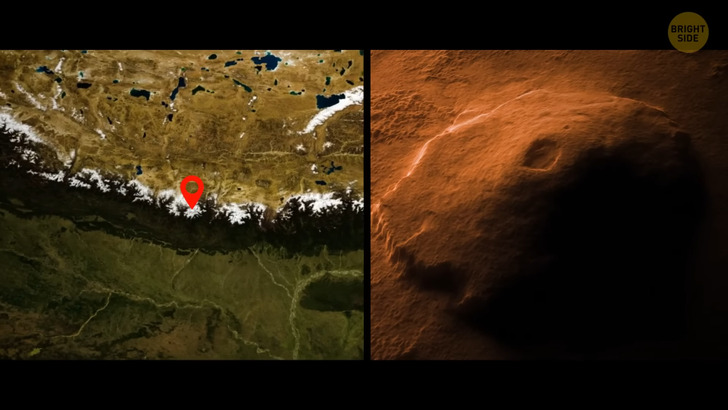
Mars, or the Red Planet as we know it, is very cold. That might stay the same if it starts rotating around us. It’s also home to the largest dormant volcano in our Solar System, which makes Mount Everest look like a tiny bush compared to a tree. With so much instability, it might just wake up one day and spew out molten lava.
Mars has a very thin atmosphere which makes the planet chilly. Its gravity is quite similar to ours. It’s actually very cold and has ice caps in the poles covered with carbon dioxide. The same’s true for Mercury. You can only last there as long as you can hold your breath and be in the sweet spot between the sunrise and the sunset.
The three planets orbiting each other will eventually collide. It’s just a matter of time. And the Moon, just hanging out like a fly in the wall, will be so insignificant that something will eventually throw it off course, and another planet will capture it to its orbit. Or, in a dire case, it will collide with one of the two intruding planets.
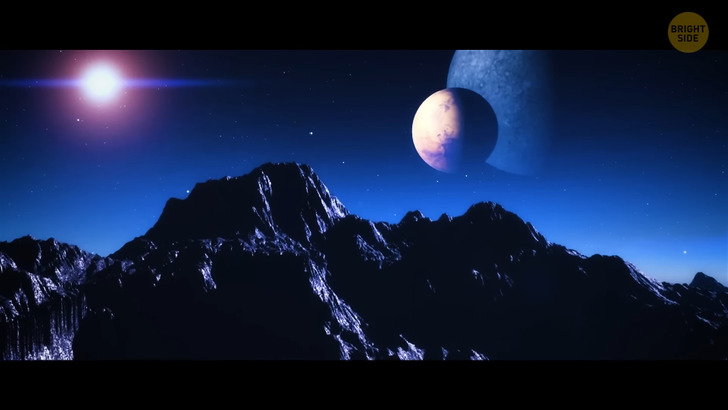
Earth will experience extreme tidal waves like nothing before. The two new planets revolving around Earth will cause a major imbalance making our gravity shift out of control. Each tidal wave will be bigger than the previous one and will cover the dry land. Plenty of little scattered islands in the oceans will be completely submerged.
Coastal cities and towns will also be home to fish. Flat countries, in general, will need boats to get around. Dams and dikes won’t be enough to stop the water from coming in. Everyone will need to move towards higher grounds to escape the floods.
With the climate getting hotter, the polar caps will melt like ice cream on a sweltering summer day and add to the water level rising. Within a few months, the whole Arctic will be nothing but liquid. But wait, there’s more!
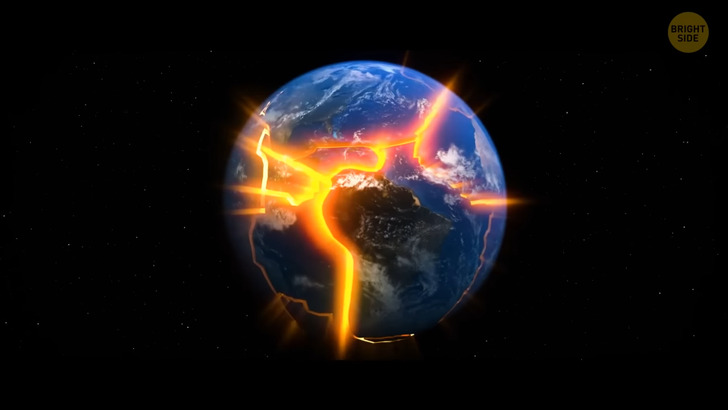
The crust will wear out due to the instability of the Earth’s surface and fluctuating gravity. The Earth’s crust is mainly made up of oxygen, which means we’re basically walking on air. We might experience more earthquakes than before, and dormant volcanoes will wake up from their deep slumber.
The skies will be covered in ash, making flights impossible. No one can travel by sea or by air. Importing and exporting will become history. The overall climate will get hotter, just like in Venus. The three planets orbiting each other, and their huge mass might even unintentionally welcome other planets and celestial bodies to join their party.
So what if Jupiter decided to turn up? Jupiter is the largest planet in our Solar System. To give you an idea, the Earth would be just the size of a grape if Jupiter was the size of a basketball. It also has the largest storm we can perceive. It’s known as the Red Spot — a place twice the size of Earth that has hurricane-like storms that have been going on for hundreds of years.
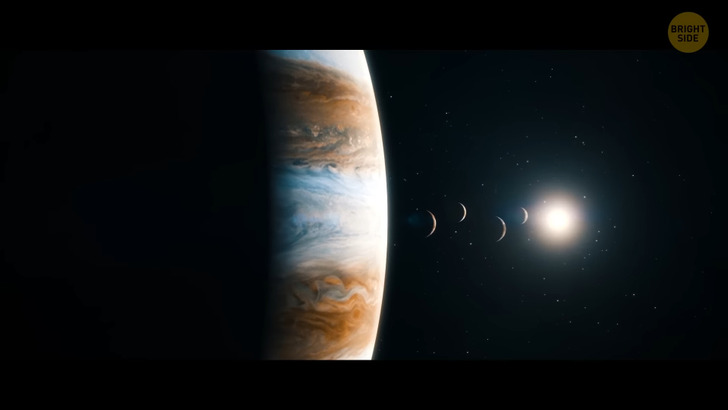
By the time you’re done reading this article, you can expect the storm to still be going at it. Since the planet is huge, gravity must be quite strong here. Jupiter’s gravity is enough to double your weight. Ew, really? It also has many moons, some of them of our little Earth. There will be no room for any proper space among the planets.
Jupiter’s moons will be thrown off course and latch onto other planets around. Some of the moons might collide with each other causing massive debris to be displaced all over the place. The gravity of the planetary party will attract comets to enter the atmosphere, potentially crashing down on us.
Oxygen levels will deplete, so the Earth’s crust crumbling will continue. It will rip open the ozone layer causing heavy strokes of ultraviolet waves to enter our atmosphere. We won’t be able to step outside for too long without some protective gear and oxygen tanks. Human civilization will change drastically.
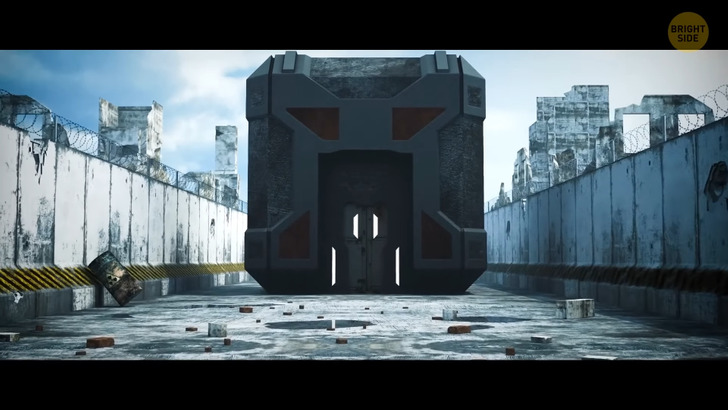
We will all live in sheltered containers that will provide clean air and safe and filtered sun rays. The shelters will be sturdy enough to withstand frequent earthquakes. We will grow enough crops to sustain ourselves until we leave the Earth.
Since it’ll only be a matter of time before the planets collide, the next step would be to create large rocket ships to fly us out of the Earth. With Mars, Venus, and Jupiter revolving close to us, it won’t be easy to do so. All the space debris will block us from exiting the space zone area. The only safe place outside this region will be many millions of miles away, where only single planets exist.
They may or may not have the conditions to host life, but humans will have the technology to land just about anywhere with similar gravity and construct the right shelters. Eventually, Mars, Venus, Earth, and Jupiter will collide with each and break like eggs. Like a big space omelet. Don’t forget the moons crashing and breaking in the mix. But we’ll already be far-far away by then. Hopefully.











